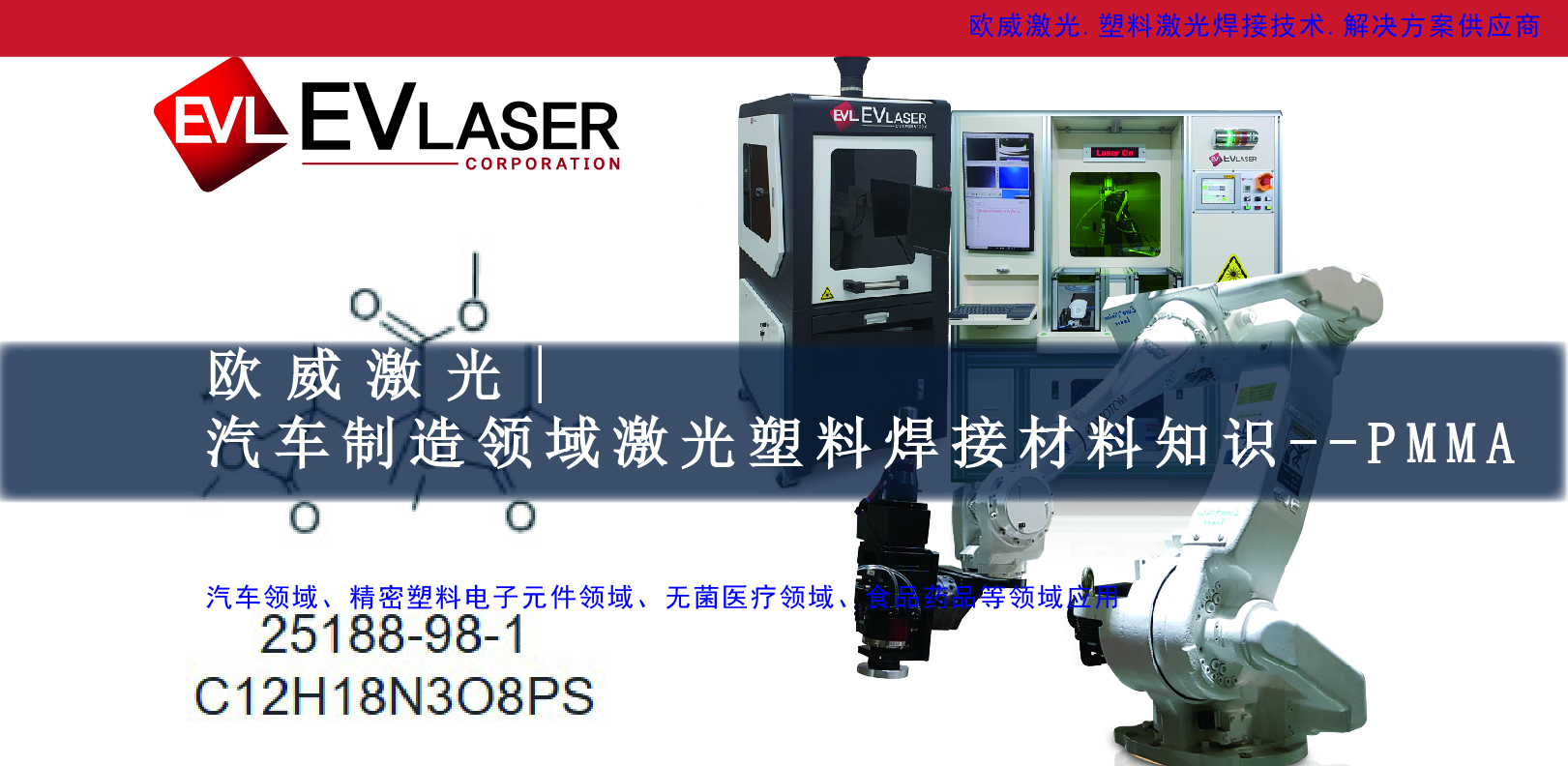

What is polymethyl methacrylate (PMMA)?
Polymethyl methacrylate (PMMA), commonly known as plexiglas, acrylics, etc., is an amorphous plastic made of MMA monomer copolymerized with a small amount of acrylates, with good transparency, optical properties, weather resistance, drug resistance, impact resistance and aesthetic characteristics. It is one of the excellent engineering plastic materials, including molding plastics, extruded plates and cast plates.
CBNumber: CB3504170
English name: PMMA
Chinese name: Polymethyl methacrylate (isosteric)
MF: C12H18N3O8PS
MW: 395.325381
CAS: 25188-98-1

Polymethyl methacrylate (PMMA) Benefits:
*. High light transparency: PMMA material has high light transparency, providing a clear field of view and high light transmission efficiency.
*. Weather resistance: PMMA material has good weather resistance and UV resistance, not easy to yellow and aging.
*. Processing performance: PMMA material is easy to process and form, with high process adaptability.
Polymethyl methacrylate (PMMA) Disadvantages:
*. Low heat resistance: Compared with PC material, PMMA material has poor high temperature resistance, easy to soften and deform.
*. Low impact resistance: The impact resistance of PMMA material is weak, and it is easy to crack and fracture.
*. Low stiffness: The stiffness of PMMA material is relatively low, and the structural strength requirements are high for some application scenarios
Applications:
With excellent optical performance, PMMA is widely used downstream, of which low-end PMMA is mainly used in advertising light boxes, signs, lamps, bathtubs, meters, daily necessities, furniture, etc. PMMA is mainly used in liquid crystal display screen, radiation PMMA, optical fiber, solar photovoltaic cells, automobile lampshade, aircraft cockpit glass, medical polymer materials, optical equipment, high-speed rail Windows, diving goggles and other fields, by China's petrochemical and chemical industry "Twelfth Five-Year" development plan "included in the" Twelfth Five-Year "petrochemical chemical product development key list. In particular, the rapid development of the liquid crystal display field in recent years has led to the rapid growth of the demand for optically grade PMMA materials.
[Automotive Lightweight material - Polymethyl methacrylate (PMMA)]
New energy vehicle subsidies are added to improve the driving range is a major challenge facing car companies, and automotive lightweight technology is one of the ways to effectively improve the driving range. For every 10% reduction in vehicle weight, its energy consumption can be reduced by 6% to 8%, while exhaust emissions can be reduced by about 4%, so automotive lightweight technology is an important new technology to achieve automotive energy saving, environmental protection, safety and other development goals.
The key to automotive lightweight is the use of lightweight, safe, high-performance materials, plastics and their composites, elastomers, carbon fiber composites, etc., have played an important role in achieving the goal of automotive weight reduction. Among them, PMMA is widely used in many positions of the body by virtue of its excellent optical performance, light weight and good weather resistance, which is an important field for PMMA application to gradually start.
Headlights: Headlights play a role in lighting and signaling, requiring the material to have good light transmission, impact resistance and aging resistance. PMMA is widely used in the taillight lamp shade of new energy vehicles because of its light weight, easy coloring and beautiful appearance.
Window glass: The window accounts for a large proportion of the overall proportion of the car, so the use of low-density, lightweight materials as Windows is an important means of driving weight reduction. Car Windows have higher requirements for light transmission, impact resistance, weather resistance and less debris, PMMA meets the above conditions at the same time, but also has the role of anti-ultraviolet radiation, anti-aging weathering, so it has been used by most European car manufacturers as a car side and rear windshield material, compared with traditional glass, the weight can be reduced by 40% to 50%.
Instrument panel: PMMA toughness is very good, toughness is good, impact strength is very high, vibration resistance does not crack, over-pressure test does not crack, strength is very good, optical transparency is good, used as the instrument panel will not crack.
Bumper: PMMA and ABS composite materials can be used as new energy vehicle bumpers, a collection of PMMA scratch resistance, not easy to fade, environmental protection and ABS impact resistance, good temperature resistance, good electrical performance, easy plating and other advantages, while the cost is lower than magnesium aluminum alloy.
PMMA not only has good mechanical strength, certain chemical stability, but also has excellent optical transmittance, and can be widely used in various fields. At present, the synthesis direction of polymethyl methacrylate is mainly devoted to improving its heat resistance and processing flow, optimizing the PMMA process route, so that its heat resistance and processing flow can be effectively improved, ensuring product performance and cost advantages, and meeting market requirements, so PMMA material products are suitable for laser plastic welding technology.
In the future, the market potential demand for high-precision PMMA products will be increasing, and the research will also start from the modification of PMMA. In short, with the progress of science and technology, the application field of PMMA will be more and more extensive, so the in-depth development and research of its synthesis direction and application field is still very valuable.